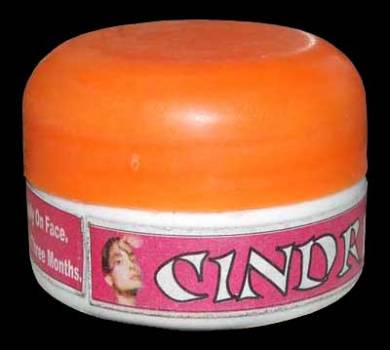I got lucky and got invited to an early summer foray with the Copenhagen Mycological Society. We went to a lovely forest north of the city, easily reached by public transport. The mushroom season has definitely started in Denmark; a few degrees south latitudewise certainly makes a big mycological difference.
We found several types of mushrooms. Among the edibles, we found oyster mushrooms, chanterelles (still young) and summer boletes (
Boletus reticulatus), claimed by some to be even better than the highly esteemed porcini.
The
Boletus reticulatus looks very much like its more well-known cousin, the
Boletus edulis (cep, porcini, Karl Johan svamp, steinsopp etc). However, the cap is dry and the white network covers the whole stipe.
Reticulatus refers to the latter. As with all boletes, they tend to be slimey when sauteed if you do not remove the spongy surface of pores on the underside of the pileus. I was told, however, that if you dry the boletes and then rehydrate them before cooking, the slime disappears.
Excited members of the Copenhagen mycological society
throw themselves over our first oyster mushrooms on fallen logs.
Later, we find even more.
